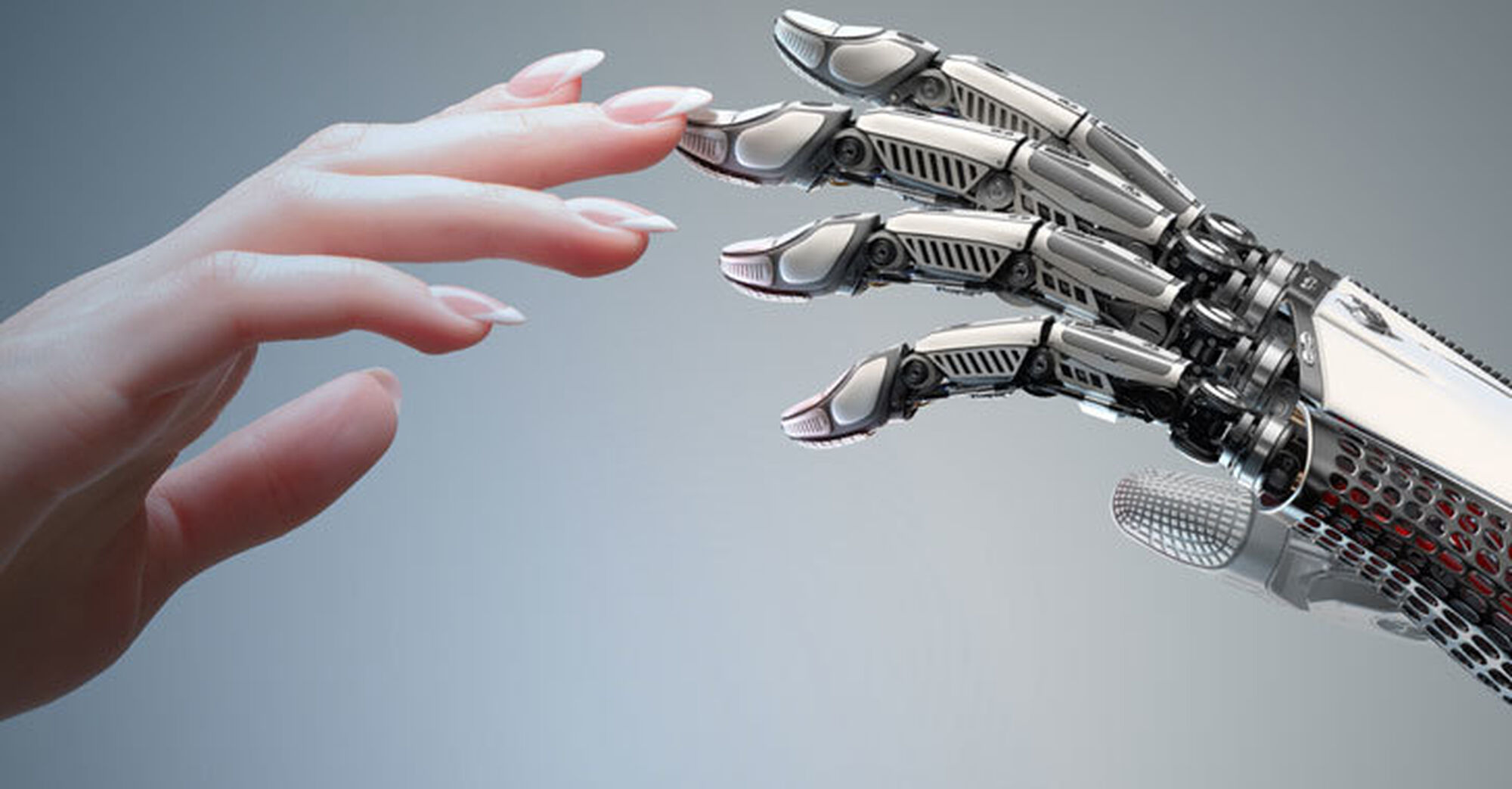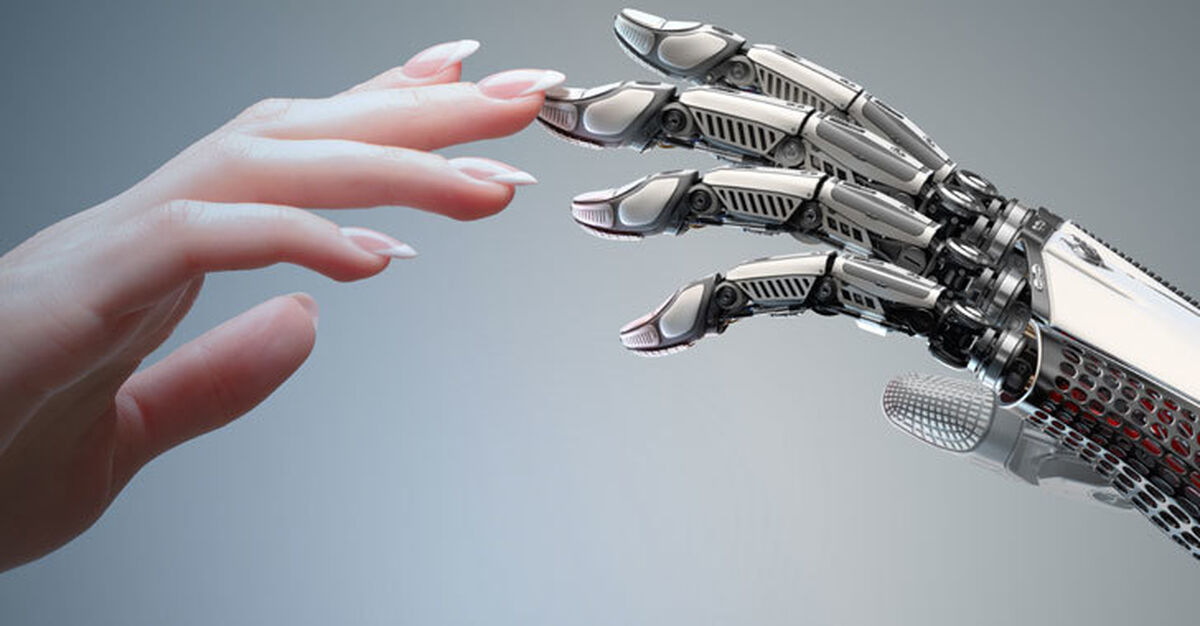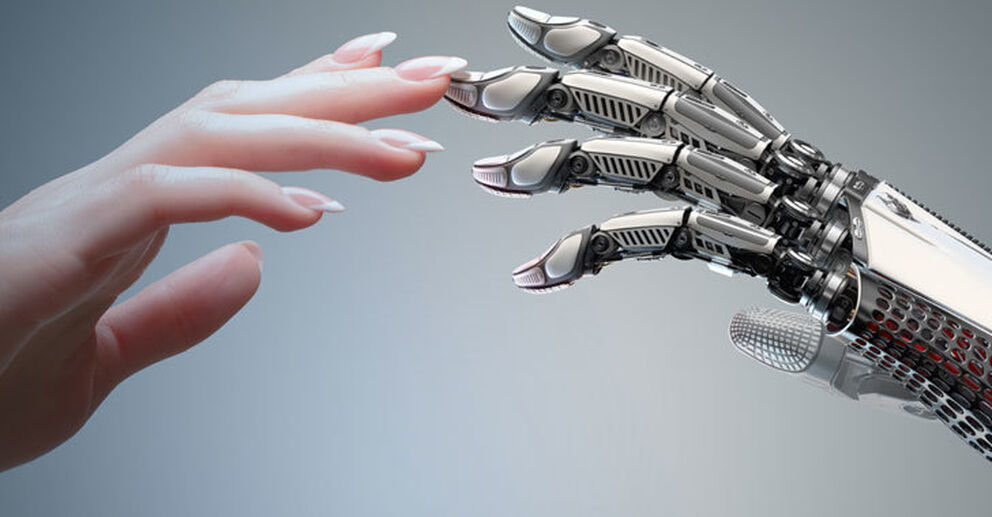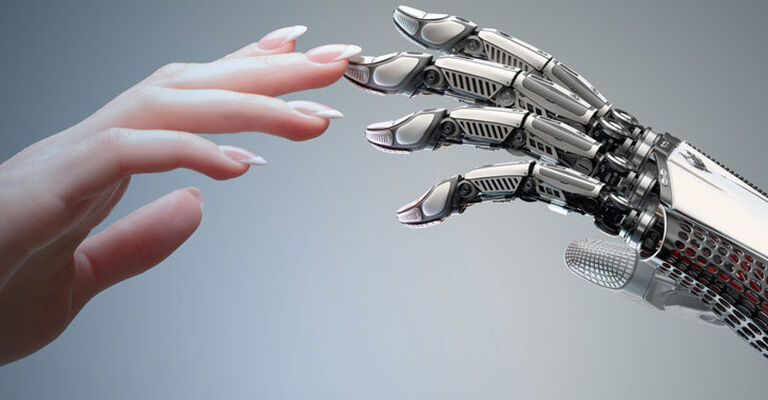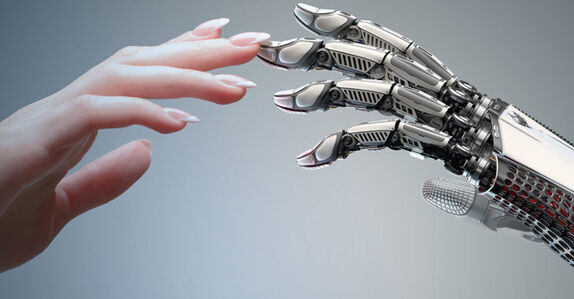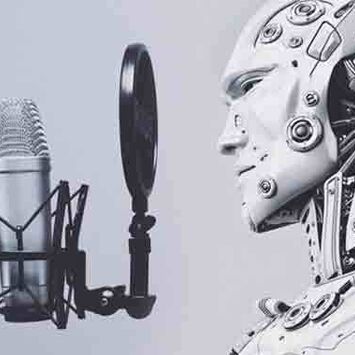It’s the tiny things that make them seem real, that make the guests fall in love with them.
Bernard Lowe
Westworld
If, like me, you’ve been hooked on Westworld, then you’ve probably been thinking a lot lately about robots and the future of artificial intelligence. HBO’s new series, which debuted last month, raises uncomfortable questions about AI and explores the ethical consequences of creating human-like artificial intelligent beings.
While Westworld is science fiction, and should be treated as such, it certainly holds a mirror up to today’s technology landscape. As machines become more intelligent, and in some cases, more human, what does this mean for the future of work and the future of society?
Artificial intelligence dominated the discussion at last year’s Web Summit, Europe’s largest gathering of 53,000 tech professionals. According to a poll of the world’s top technology investors attending the event, 53%, said that it is “inevitable that artificial intelligence will destroy millions of jobs,” while 93% said governments were not prepared for the impact of AI on jobs.
At the same time, technology experts are arguing that distributed AI at scale will change the world for the better. Artificial intelligence robotics in agriculture promises to provide a solution to rising food demands, while AI-powered supercomputers might be able to diagnose life-threatening diseases in seconds.
The general attitude towards AI during Web Summit was one of positivity and optimism, not surprising for a tech conference, but some speakers did warn of its consequences.
Opening the AutoTech stage on day one, Mark Curtis, Chief Client Officer at Fjord, rightly pointed out, “For every step forward in technology, we gain lots but we lose things as well. As we step forward we need to think about the prices we may have to pay as a society and what we can do to ameliorate the consequences.”
Will AI fuel the next industrial revolution?
“The processes we’re seeing now [driven by AI and machine learning] are more and more being called the new industrial revolution because they’re providing the next level of automation. They bring the next level of efficiency to many businesses,” said Jane Zavalishina, CEO of Yandex Data Factory. Unlike previous “industrial revolutions”, this new revolution is forecasted to completely transform traditional services and professions.
In the retail and ecommerce industry, for example, AI makes existing processes, such as demand prediction and customer service, more efficient and more effective. “Now we can mass produce products and personalize them at the same time. We can deliver personalized merchandize and services on an industrial scale,” said Zavalishina.
Should AI act and look like humans?
When we think of how machines will help us in the future, we usually think about the execution of rational, laborious tasks. But as Antoine Blondeau, CEO of Sentient Technologies, pointed out: “As we move from a mobile-first to an AI-first world, we’ll need to be able to understand intent and desires in real time.” In other words, future AI needs to have a degree of emotional intelligence.
“In customer service or any conversational interface that is interacting or building a relationship with any number of users, we find that adding an emotional element to the technology increases engagement,” said Rana el Kaliouby, CEO at Affectiva. “If you’re a frustrated consumer and you’re talking to a chatbot or a virtual AI assistant, that technology needs to know if you’re frustrated or angry, and respond to that with empathy or escalate the situation to the right people.”
If online bots should act like humans, then should real-life robots look like humans? This question was fiercely debated between Ben Goertzel, Chief Scientist at Hanson Robotics, and Andra Keay, Managing Director at Silicon Valley Robotics on the AutoTech stage. In Goertzel’s view, “Robots with a human-like appearance will be able to more deeply enter into emotional and social relationships with people, and thus fully absorb intangible human values. This will help super intelligence be friendly and benevolent to humans.”
Keay, on the other hand, argued that “Robots can be socially interactive and attractive without being human-like. It’s dangerous, deceptive, and frankly an evolutionary dead end to have humanoid robots.” She continued: “Abstraction layers like humanoid robots, chatbots and artificial personalities allow us to indulge in bad behavior without repercussions, leading to objectification, discrimination and stereotyping.”
Fear or hope?
So going back to the question at hand, when it comes to the future of AI should we feel fear or hope? I would argue a mix of both. When you think about science fiction, it’s not just about the technology, it’s about how humans react to that technology, and how they capitalize on or reject it. There’s no doubt that in the next twenty to thirty years we will need robotics to double food production, reduce energy usage, and assist the aging population.
But while AI and machine learning have the potential to solve pressing global issues, these changes are fundamentally disruptive. And at the speed at which AI is transforming the workforce and society, will governments be able to adapt quickly enough?
